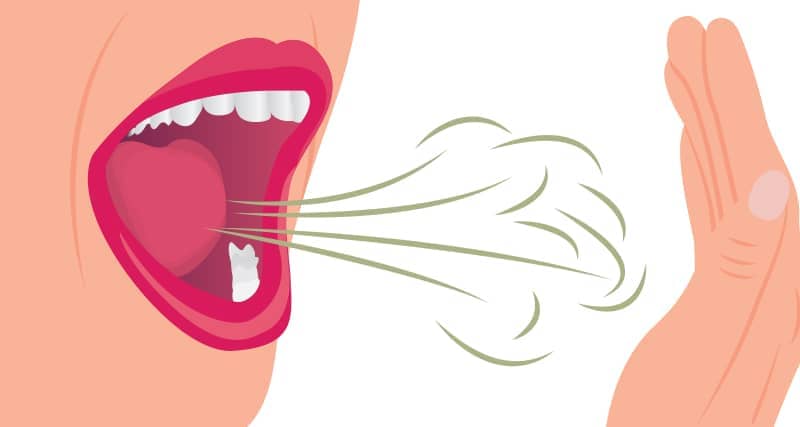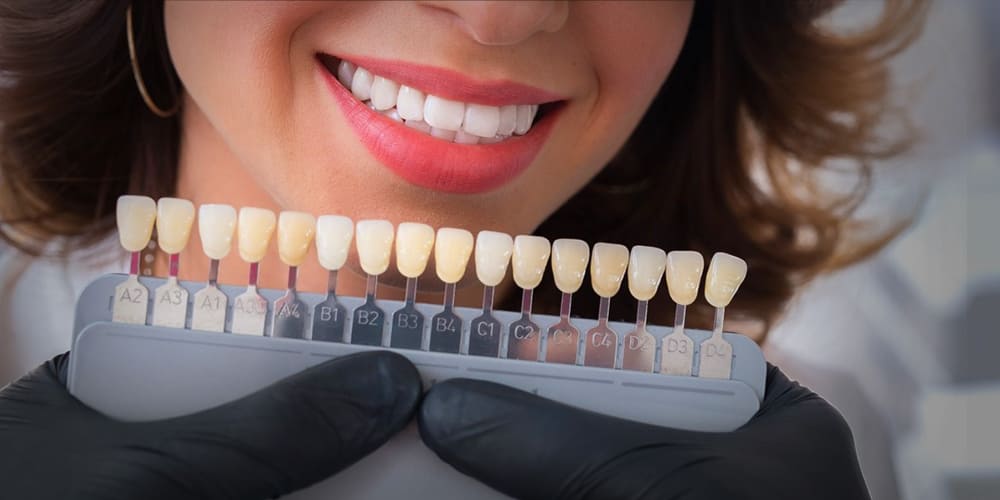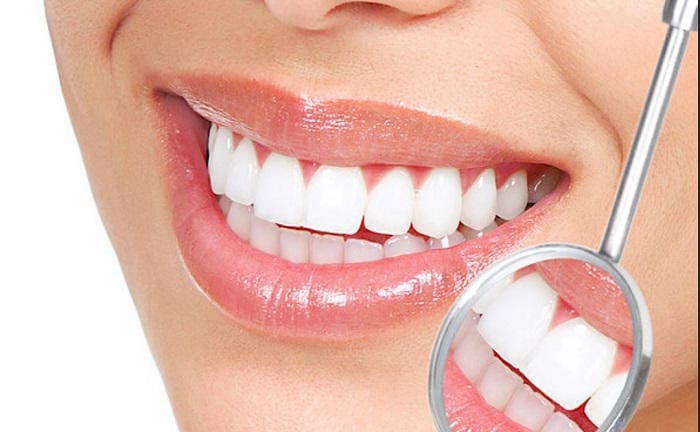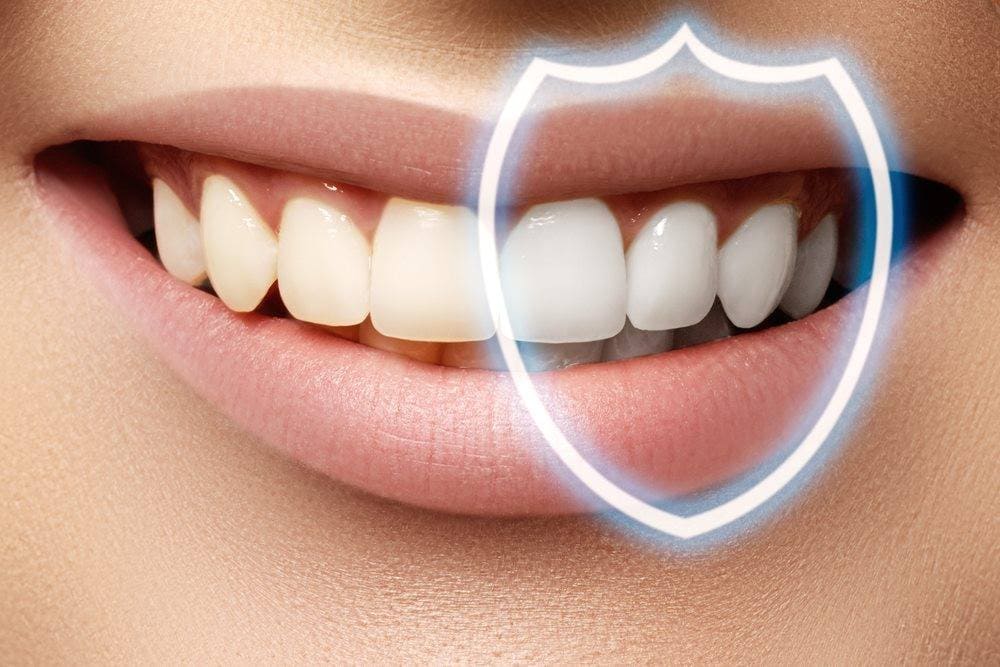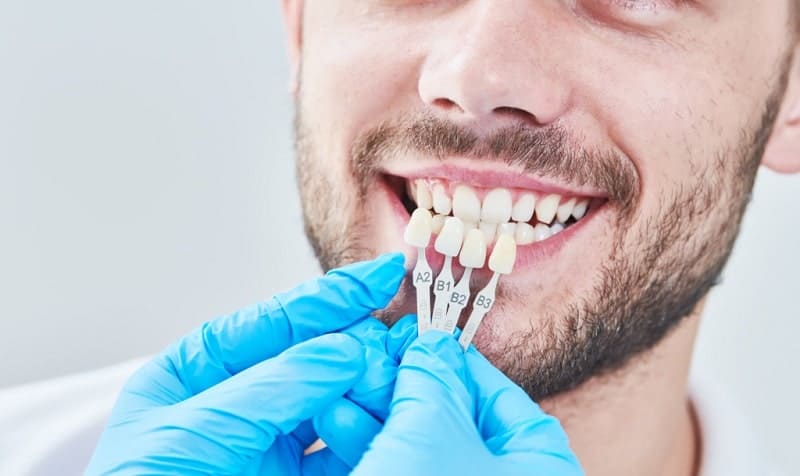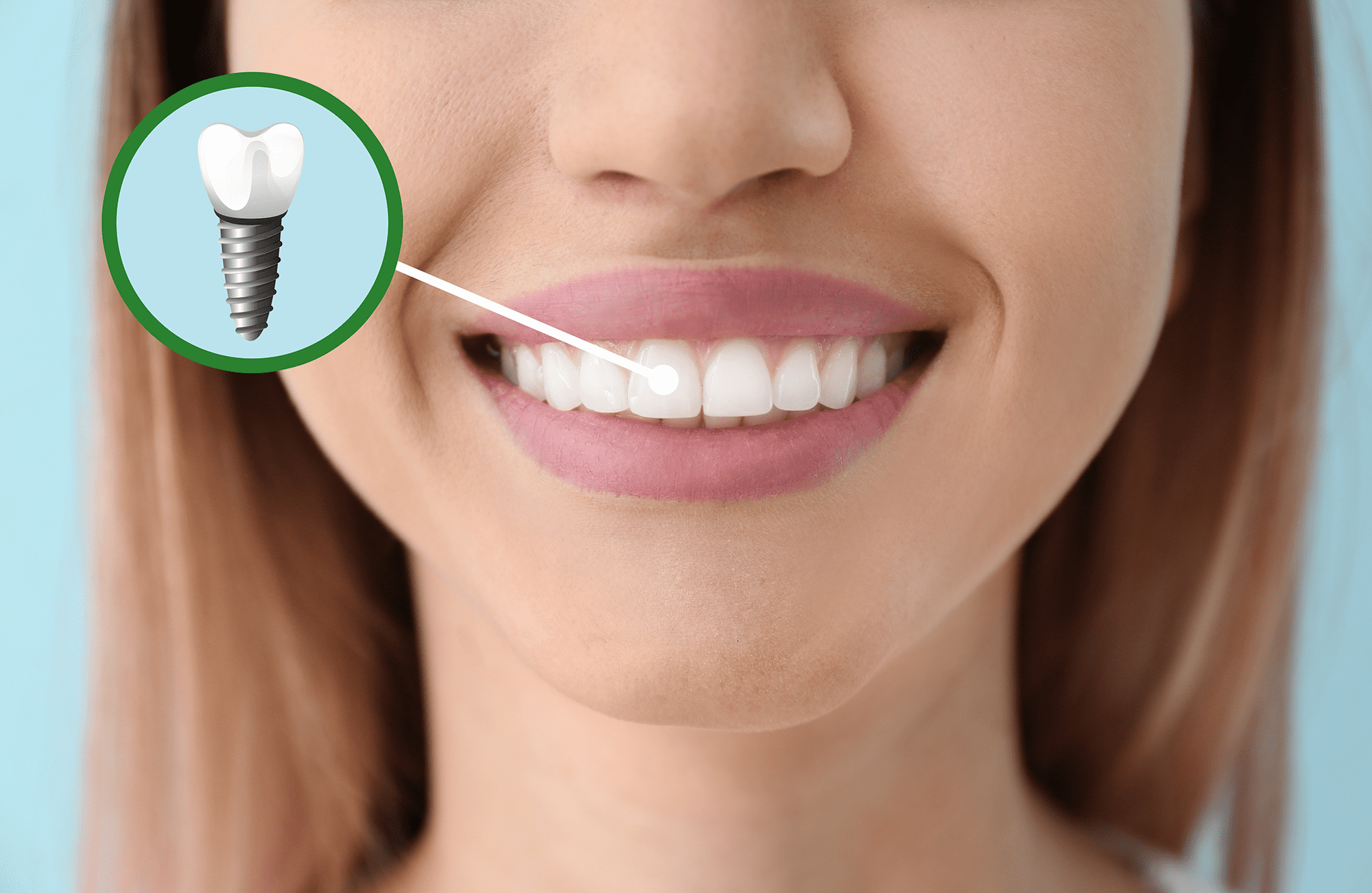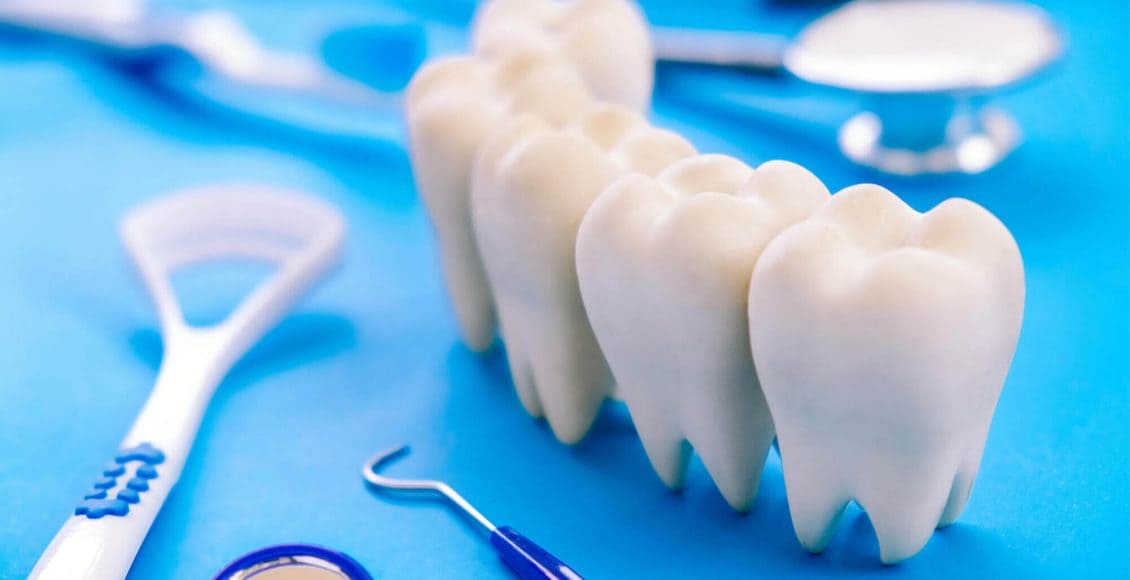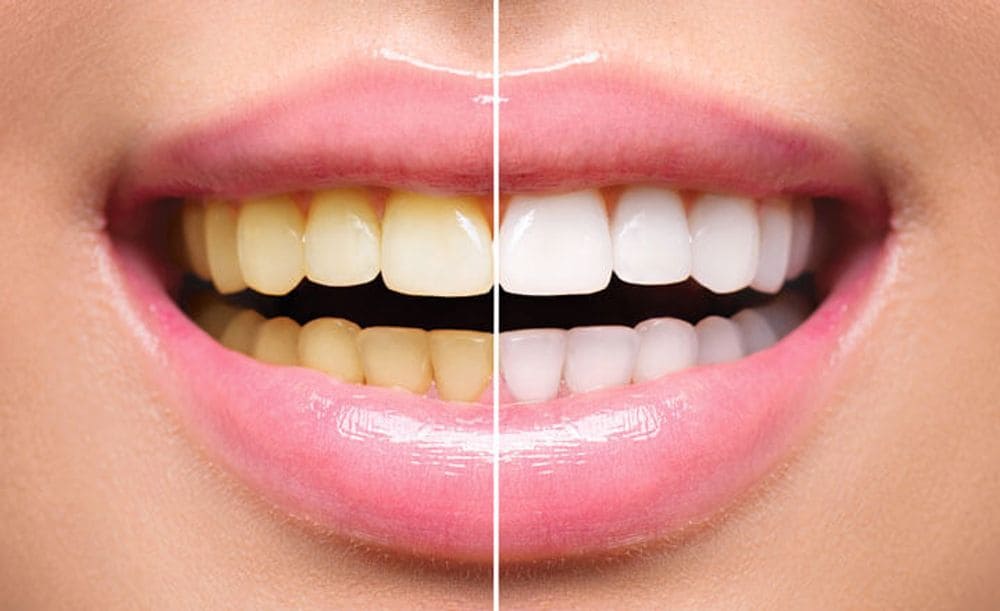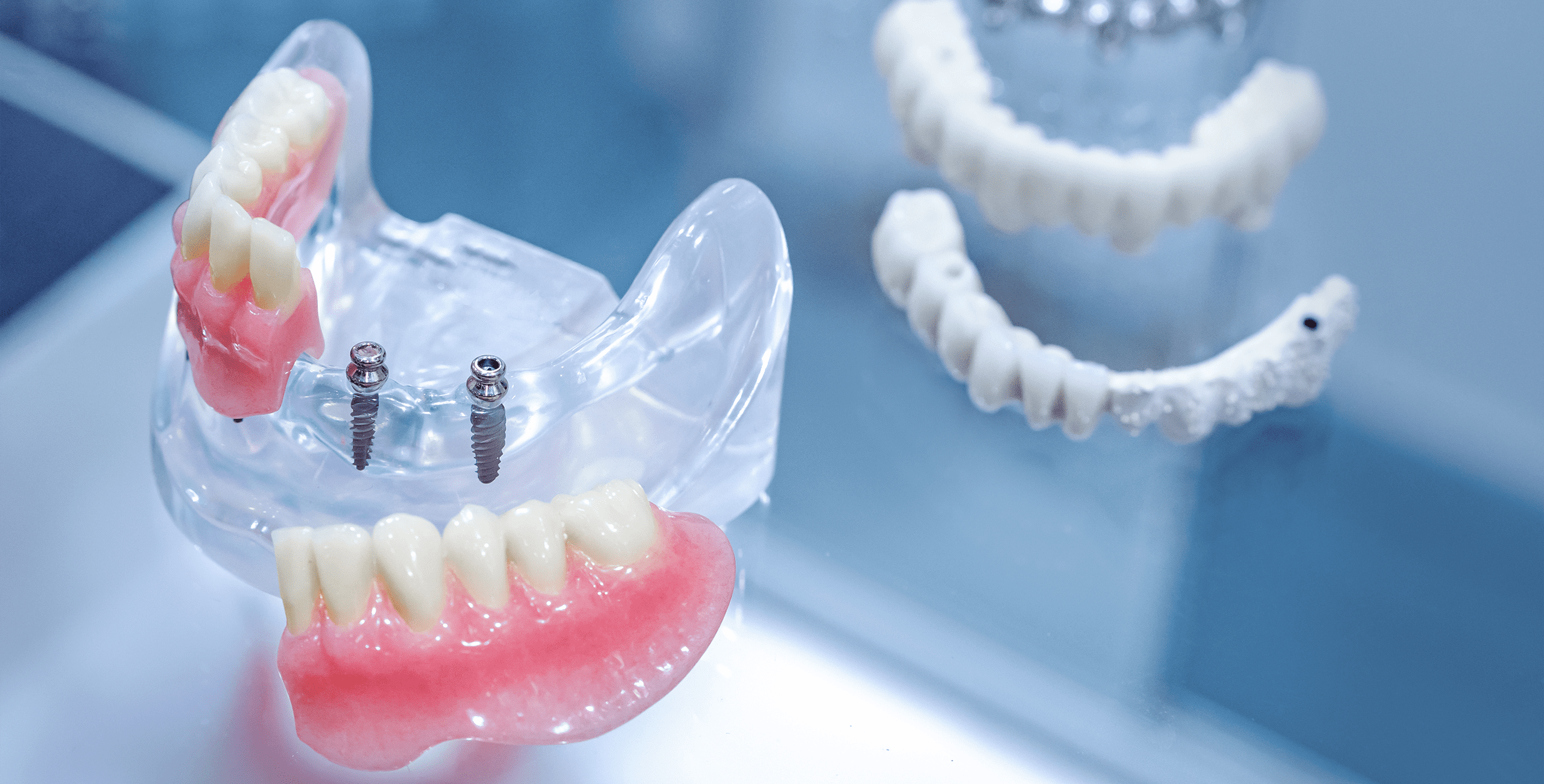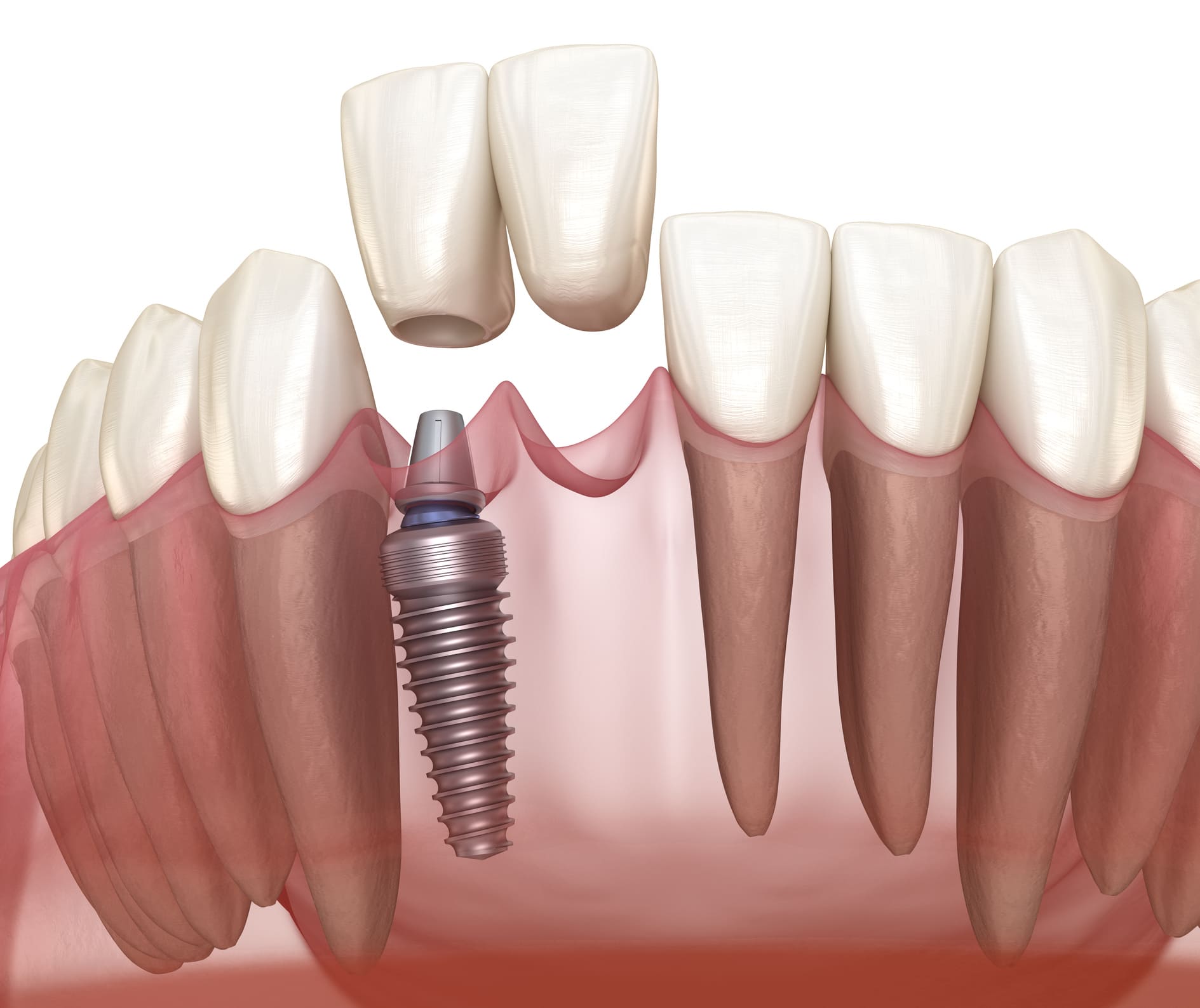What is Tooth Fracture?
Tooth fracture, also known as tooth breakage or dental chipping, refers to cases of tooth fractures occurring without direct causes. This condition is common in the front teeth, incisors, and canines, and may occur during chewing or even while sleeping. These fractures typically manifest as horizontal or vertical cracks in the front row of teeth.
Causes of Tooth Fractures:
Several factors can contribute to tooth fractures, including:
- Constantly chewing hard foods such as hard candies, which can thin the enamel layer.
- Tooth decay weakens the entire tooth structure, making it more prone to fractures.
- Unhealthy drinking habits, such as consuming cold water immediately after hot drinks or excessive consumption of ice.
- Aging.
- Lower than normal calcium levels in the body.
Symptoms of Tooth Fractures:
Symptoms of tooth fractures include severe and persistent pain, tooth sensitivity while eating or drinking, and gum swelling.
Prevention of Tooth Fractures:
Preventive measures to reduce the risk of tooth fractures and increase their resilience include:
- Avoiding all forms of smoking.
- Using appropriate dental cleaning tools such as toothbrushes and dental floss.
- Daily brushing with a toothbrush and using dental floss.
- Maintaining a healthy diet rich in calcium, potassium, and beneficial vitamins.
- Avoiding carbonated drinks, soda, and sugary juices.
Treatment of Tooth Fractures:
Treatment of tooth fractures involves using cold compresses to relieve pain and stop bleeding, rinsing with warm saltwater or medical mouthwash, and promptly visiting a dentist to determine the type of tooth fracture.
Types of Tooth Fractures:
- Cracks in dentin tissues that cause fractures in the outer enamel layer, which may not always be painful.
- Broken parts around the gum line, causing manageable pain.
- Cracks extending to the gum line, such as incomplete teeth.
- Vertical root fracture starting from below the gum line, which requires immediate extraction to prevent serious complications.
Overview of Tooth Layers:
- Enamel or Enamel: The hard outer layer of teeth, serving as the first line of protection, is composed of enamel cells. It withstands biting pressure but cannot be rebuilt, making it susceptible to erosion.
- Dentin: Located beneath the enamel and cementum, dentin is softer than enamel and also contains minerals.
- Cementum: The thin layer covering the tooth root is as hard as bone and sensitive to changes in mouth temperature.
- Pulp: Present in both the crown and root, pulp contains all the nerves and blood vessels that supply the teeth. It is sensitive and prone to decay, sometimes requiring root canal treatment to save the teeth if decayed.

